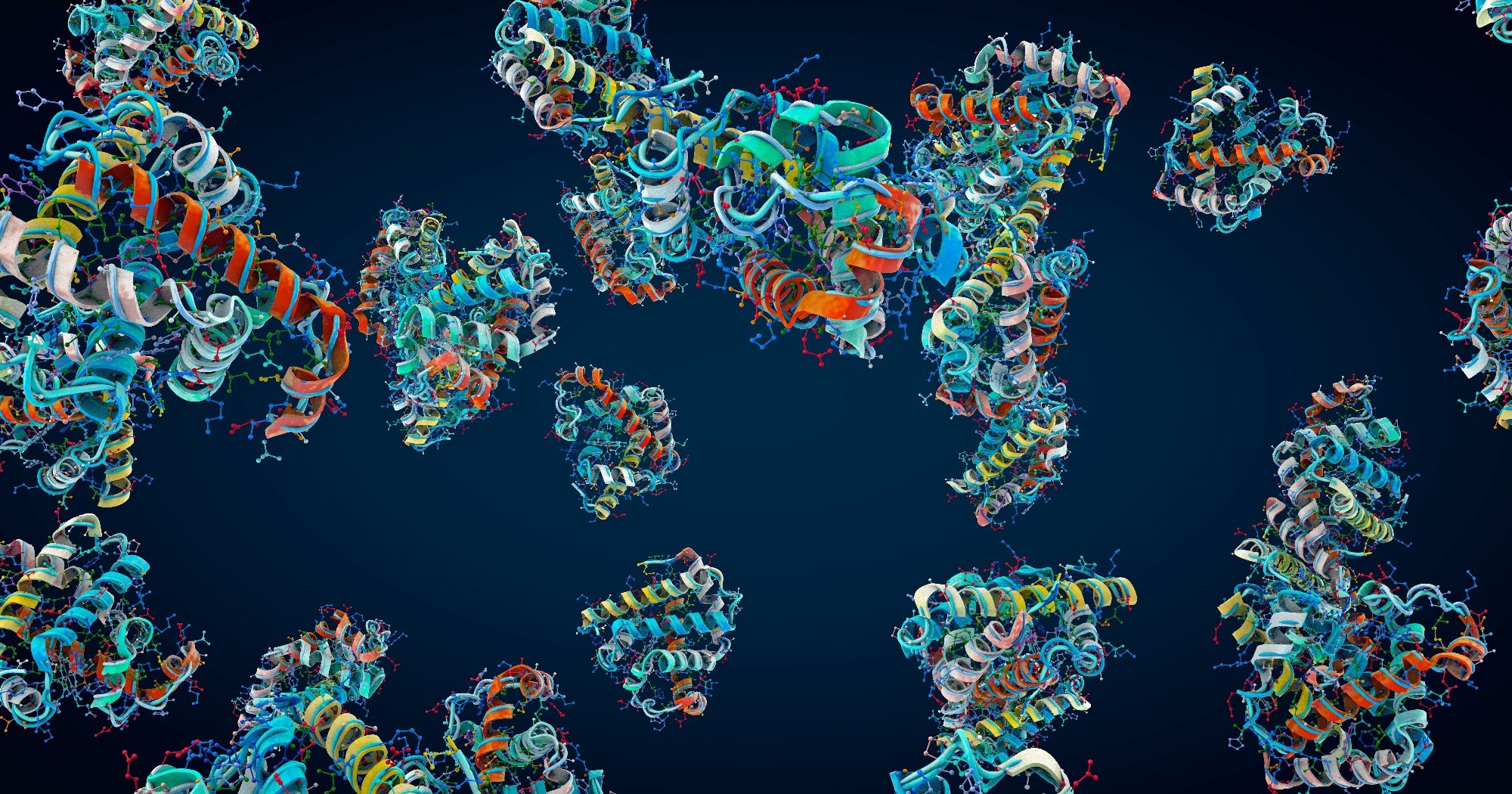In a recent study published in the Journal of the American Chemical Society, researchers present the second-generation NTB bicyclic stereodiversified peptide library.
 Study: MYC-Targeting Inhibitors Generated from a Stereodiversified Bicyclic Peptide Library. Image Credit: Christoph Burgstedt / Shutterstock.com
Study: MYC-Targeting Inhibitors Generated from a Stereodiversified Bicyclic Peptide Library. Image Credit: Christoph Burgstedt / Shutterstock.com
Targeting MYC
MYC, a transcription factor involved in most human cancers, is an unexplored target in oncology due to its disordered nature and rapid turnover rate. Despite decades of research, no clinically viable therapeutics target MYC.
One recent study reported NT-A1, a MYC-targeted peptide produced from a molecular library using quasi-reversible-type bicyclic topology. The rigid backbone of NT-A1 is sensitive to functional group spatial arrangements and enables the binding to MYC, thus indicating a distinct hit landscape within the three-dimensional (3D) chemical space.
About the study
In the present study, researchers developed a stereo-diversified bicyclic peptide library to explore the 3D diversified chemical region beyond that investigated using prior NTA constructs.
The ROM-RCM reaction was used to cyclize the library in one step. This resulted in a bicyclic peptide that can be easily linearized for tandem mass spectrometry sequencing with a one-step deallylation process.
This library was used to test for MYC-targeting bicyclic peptides that bind to the E363-R378 epitope. By favoring preferred conformations, proline residues may aid in developing bicyclic structures. Racemic exo- and endo-norbornene building molecules were used to perform "proline scanning" using the FIVAL model peptide sequence.
The approach was validated using a tetrazine assessment and Edman degradation or mass spectrometry. Molecular simulations with water molecules and the FIVAL peptide were performed to elucidate the influence of endo-exo isomerism on structural diversity. The split-pool approach created the bicyclic protein library using racemic exo- and endo-norbornene isomer molecules to form the bicyclic structure using 17 amino acid molecules as the building blocks.
A total of 42 beads were randomly selected and subsequently sequenced and linearized. The NTB peptide library was screened for MYC-binding molecular hits, followed by library screening using MYC E363-R378.
Racemic exo- and endo-norbornene isomer combinations were created and evaluated for their binding efficiency to recombinant MYC by enzyme-linked immunosorbent assays (ELISA). Using competitive ELISA, Racemic NT-B2-Exo and NT-B2-Endo isomers were also generated and assessed for their MYC-binding affinities.
Temperature-based circular dichroism spectroscopy was used to investigate the mechanisms underlying the NT-B2-MYC interactions. Cellular thermal shifting experiments on U87 cellular lysates demonstrated that NT-B2R may bind to MYC in complicated biological settings. To test whether NT-B2R directly affected MYC activity, ribonucleic acid sequencing (RNA-seq) of U87 cells was performed, followed by evaluating differentially expressed genes using DESeq.
Study findings
NT-B2R effectively suppressed MYC transcription activities and cell proliferation. Allyl and norbornene ester-building molecules were used to build the bicyclic scaffold. This led to the identification of novel peptides binding to MYCs with sub-micromolar affinities and their activities in cancer cells. The proline residue position significantly impacted the yield, with position two selected for further research.
Atomistic molecular simulations revealed that all eight isomers, classified into two groups according to their regioselectivity, acquired stable conformations during the simulation time of one second. Each isomer exhibited several conformation clusters with unique ring pucker orientations.
Library screening generated eight hits corresponding to 64 structures, most with micromolar-level binding affinities to MYC. Using protein thermal shift assays, the team further validated that NT-B2 could bind to recombinant MYC and affect its thermal stability.
NT-B2R production yielded two isomers differing in retention durations, in which the predominant isomer did not separate under high-performance liquid chromatography (HPLC) conditions. The binding capacities of S and R isomers to MYC differed significantly. Molecular simulations and post-analysis revealed that NT-B2R had higher stability than NT-B2S due to fewer conformations and higher inner-ring forces.
NT-B2R bound to reduced MYC activities, thus changing the thermal characteristics of MYC while promoting direct connections between the two in a highly complicated binding environment. MYC production and phosphorylation were unaffected by treatment, thus resulting in reduced metabolic activities and propagation in U87 cell lines. The NT-B2R therapy generated considerable transcriptomic alterations, with 1,322 genes increased and 704 genes decreased, which was consistent with the role of MYC as a master transcription factor.
Conclusions
The study findings highlight the identification of NT-B2R, a MYC-targeting bicyclic peptide derived from the NTB stereodiversified library that utilizes ROM-RCM processes and a norbornene molecular residue. The library, which lacks hydrophobic backbones and triazole rings, opens up a novel chemical region.
Despite challenges in recognizing optically pure strikes, the NTB peptide library could be used for unsolvable targets and clarifying stereoidentity as chiral separation technologies and stereoselective synthesis tactics progress.
Journal reference:
- Li, Z., Huang, Y., Hung, T., et al. (2024). MYC-Targeting Inhibitors Generated from a Stereodiversified Bicyclic Peptide Library. Journal of the American Chemical Society. doi:10.1021/jacs.3c09615